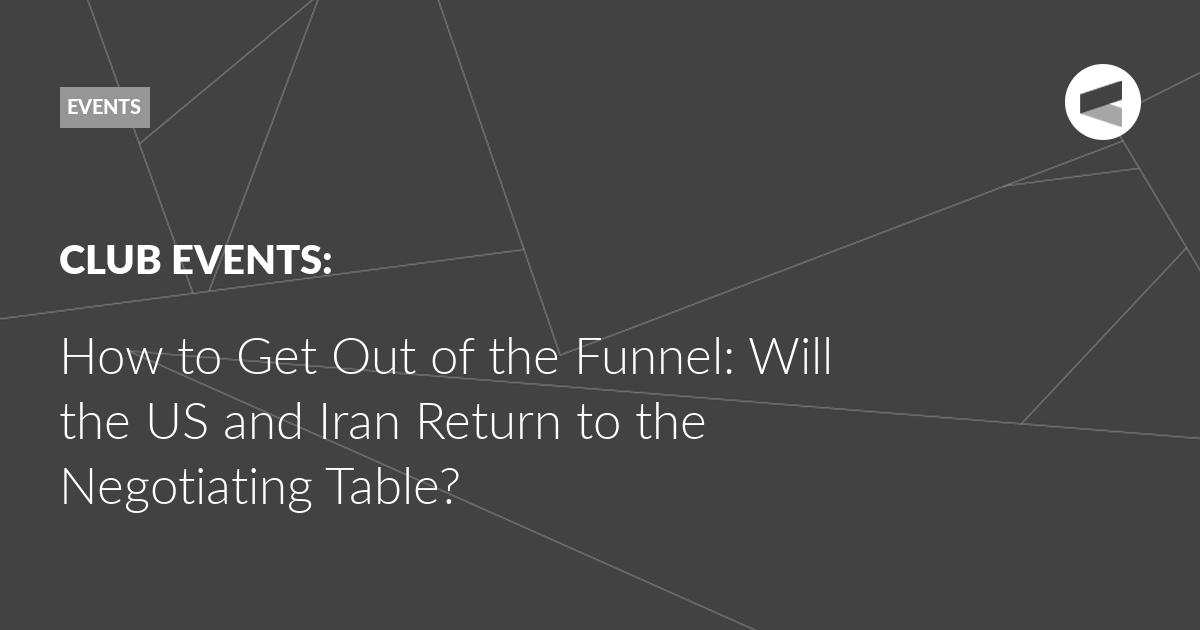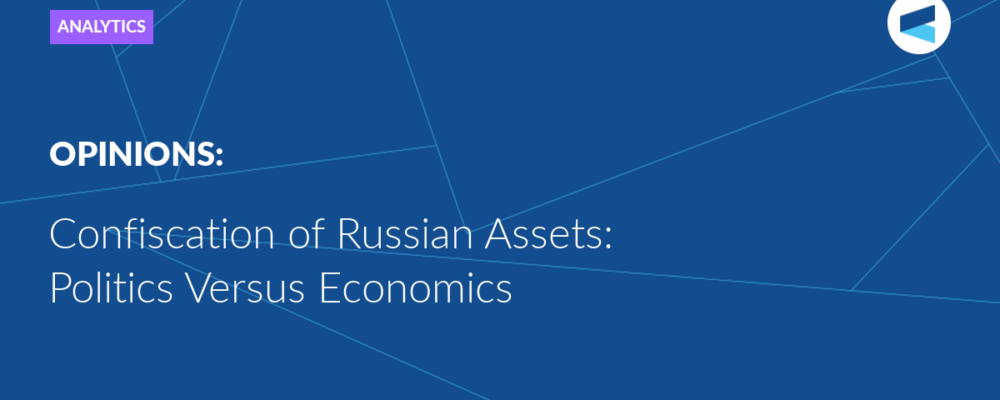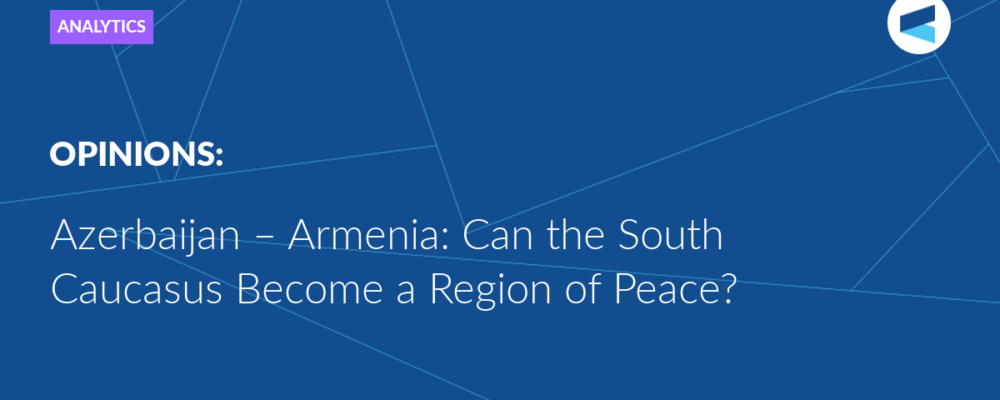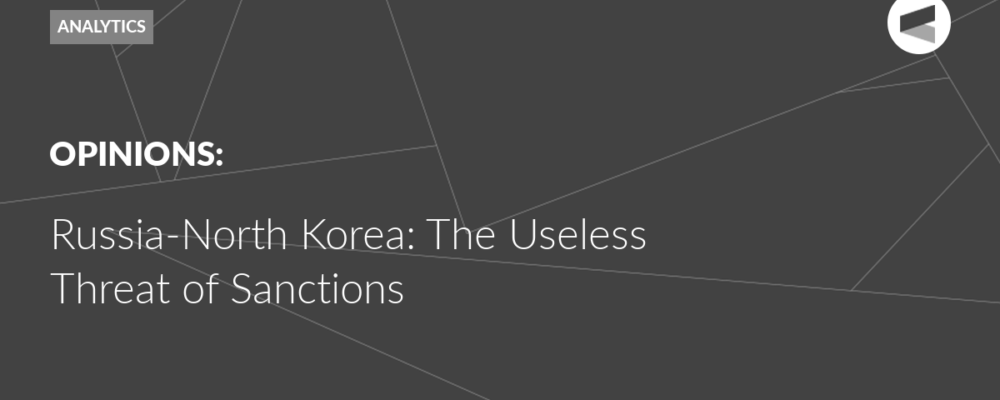On July 10, 2025, the Valdai Club hosted an expert discussion titled “Peace Through Strength: the Middle East Funnel”, dedicated to the role of the US in the crisis in the Middle East, the situation in Iran and non-proliferation issues. The moderator was Timofei Bordachev, Programme Director of the Valdai Club and Professor at the National Research University Higher School of Economics.
Alexander Maryasov, Ambassador Extraordinary and Plenipotentiary of the Russian Federation to Iran (2001–2005), briefly outlined the state of affairs surrounding Iran. He emphasised that the US is currently implementing its “peace through strength” doctrine in the Middle East, actively promoting the expansionist policies of Benjamin Netanyahu. President Donald Trump gave the green light for Israel to attack Iran when negotiations on the Iranian nuclear programme had effectively reached a dead end and Iran refused to stop its enrichment activities. The Israeli bombings caused serious damage to Iran: military leaders, prominent nuclear scientists, and many civilians were killed. Iran responded harshly – its retaliatory strikes penetrated Israeli air defences. When the Israeli attacks began to fizzle out, the Americans joined the campaign, striking Iranian nuclear facilities. Trump, not wanting to get drawn into a protracted military conflict, declared complete victory, but the Iranians claim that the US had failed to inflict irreparable damage and did not destroy the Iranian nuclear programme. Maryasov suggested that sooner or later, Iranian-American negotiations will resume, because Iran wants to achieve the right to peaceful nuclear activities and sanctions relief. However, if these negotiations do not lead to positive results for Tehran, the Iranians may seriously consider withdrawing from the NPT and even creating nuclear weapons.
Mark Episkopos, Research fellow at the Quincy Institute for Responsible Public Administration, recalled the background and chronology of the conflict. According to him, Trump initially said that he wanted Iran to become a prosperous country and return to the international community, but did not want Iran to have nuclear weapons or even have the ability to obtain them. Negotiations had been ongoing for several months, and the American position was absolutely good faith and constructive. “We were, in fact, literally on the threshold of success,” Episkopos said. However, Israel, which had a different approach and sought regime change in Iran, decided to drag the United States into the war. Trump was initially interested, apparently believing that Iran was on the verge of collapse. However, it soon became clear that this would be a lengthy and large-scale campaign, with serious economic consequences. As a result, the American administration changed course and escalated towards Iran in order to impose a ceasefire on it, which was achieved. Now it’s up to diplomacy, but it’s still unclear how much this will complicate the deal and whether a long-term conflict involving the United States will break out in the region.
Abbas Mirzai Ghazi, a representative of the Russian-Iranian Centre for Legal and Economic Cooperation (Iran), believes that the United States only came out in favour of a ceasefire after Iran attacked its base in Qatar, the largest US military base in the Middle East. He called the move “peace through force.” Speaking about the prerequisites for the conflict, he emphasised that the report by IAEA Director General Rafael Grossi on Iran was incorrect and contradicted previous statements, and that the attack on Iran was partly the result of this report. Negotiations were underway in parallel and the Iranians were ready to continue them, but now Tehran cannot trust the United States, which promised that there would be no attacks during the negotiations. Ghazi also noted that President Vladimir Putin, who has good relations with many Middle Eastern leaders, can play an active role in de-escalation.
Barbara Slavin, a distinguished fellow at the Stimson Center in Washington, pointed out that Iran has always insisted on the need to enrich uranium in its own country. This was due to repeated broken promises to supply Iran with nuclear fuel. If Iran does not abandon this demand, this will likely lead to new Israeli strikes on infrastructure and, possibly, to new American operations that allow Trump to demonstrate the military power of the United States. At the same time, according to Slavin, the US goal in Iran is not regime change, and a return to diplomatic engagement would be desirable for them. However, the current situation makes this extremely difficult. She sees the most pressing issue at the moment as how to return the IAEA to Iran to ensure transparency of interaction.
Marco Carnelos, founder and CEO of the MC Geopolicy consulting company, expressed hope for a quick return to negotiations. He denied that the strategy of “peace through strength” is capable of leading to lasting peace in the long term. He recalled that initially the talks were not about Iran completely abandoning uranium enrichment, but only about enrichment to a certain level. However, then the US position changed dramatically, and they began to advocate a complete ban. It is unclear why the Iranians should meet them halfway in this regard. It is also unclear, according to Carnelos, why the Iranians should trust the Americans after what happened. “Whoever is in power in Washington, the Americans, when choosing between Iran and Israel, will always choose Israel. This is a very important lesson that Iran must learn,” he concluded.
The Valdai Discussion Club was established in 2004. It is named after Lake Valdai, which is located close to Veliky Novgorod, where the Club’s first meeting took place.
Please visit the firm link to site






